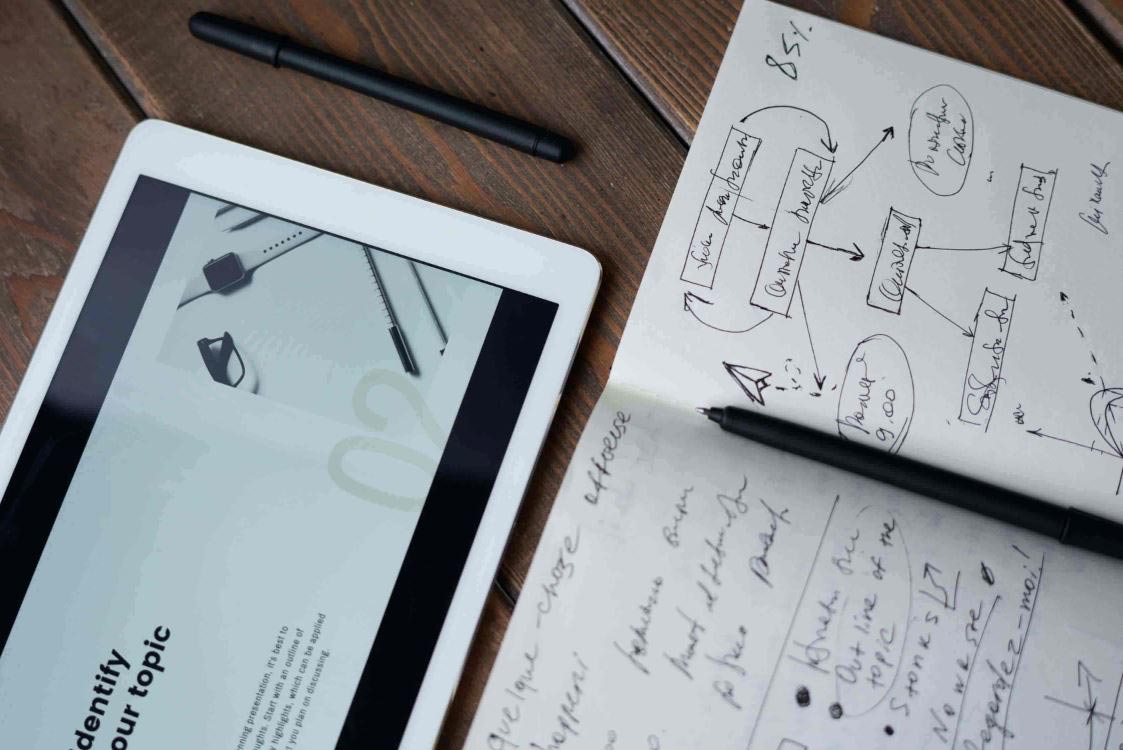
Google has been telling us for years that we need to focus more on users and less on search engine optimization (SEO): “Google’s goal is to provide users with the most relevant results and a great user experience.” While your keywords, images, and metadata are the foundation of your website and will always be an important part of your SEO strategy, this should no longer be your only priority. As the Internet and Google’s algorithms continue to evolve, user experience (UX) will be one of the top factors that drive engagement and better conversion rates.
When it comes to search engines, you got to ace the race. Your website will become a traffic puller only after the search engine endorses it as a hit. How? By optimizing your product as per the needs and interests of the users and focusing on their concerns. That is exactly what it takes to bridge the gap and achieve the leap from visitors to customers. SEO considers the consumer’s behavior and identifies with the reach of the brand so that the user gets the best out of the experience.
How UX and SEO Work Together?
SEO and UX are related in that they both deal with what a user sees and experiences on the web– SEO helps to determine whether a site ranks among the relevant results on a search engine results page (SERP), while UX is defined by whether people are clicking on and finding quality in those results. While there may be a few instances where the two don’t always go hand in hand, the answer to the questions posed above will generally be a resounding yes–a crucial connection does exist between the two.
By applying UX and SEO at the same time, it creates strong influences on search engine ranking success, while factors such as keywords, links, and site structure weigh in as highly significant influences as well.
According to Rand Fishkin of Moz, User experience’s greatest impact to SEO is through the increase it creates in organic sharing and distribution.
All that said, great UX has advantages to every part of your website and your SEO. If, for example, website A receives 1 share (could be a tweet, an email to a friend, a link from a blogger, a pickup in the press, a “Share” on Facebook, etc) for every 1,000 visits to the site, and a substantive UX improvement can help that move up to 1 share per 200 visits, sharing of the site will grow by 5X. Not everything that fits into the category of sharing has a direct impact on SEO, but most of them have, at least, an indirect and well-correlated positive effect.
Site Speed
Google made it public that site speed is a ranking factor. It also explained why speed is so important: “Speeding up websites is important — not just to site owners, but to all Internet users. Faster sites create happy users and we’ve seen in our internal studies that when a site responds slowly, visitors spend less time there.”
Responsive Design
Make your website must be seen be seen both on modern desktop browsers–Chrome, Safari, Firefox–and on all leading mobile devices. Mobile optimization has been a trending topic in SEO industry, as more people begin to search for mobile devices. A responsive web design on mobile will not only allow for additional users to access your site but indicate a greater quality to Google bots as well, as this practice tends to indicate a better long-term UX. Smaller businesses may want to consider hiring UX designer in Singapore to make sure that their website is designed well for (and fully accessible to) mobile web browsers.
Responsive Design
Google rewards websites with quality, relevant, easily accessible content. But it’s not just about providing users with original and useful content that helps answers their questions. Your content also needs to be well-structured so people can easily go through it.
All that said, great UX has benefits to every part of your site and its marketing, so SEO should only be one part of the equation.



